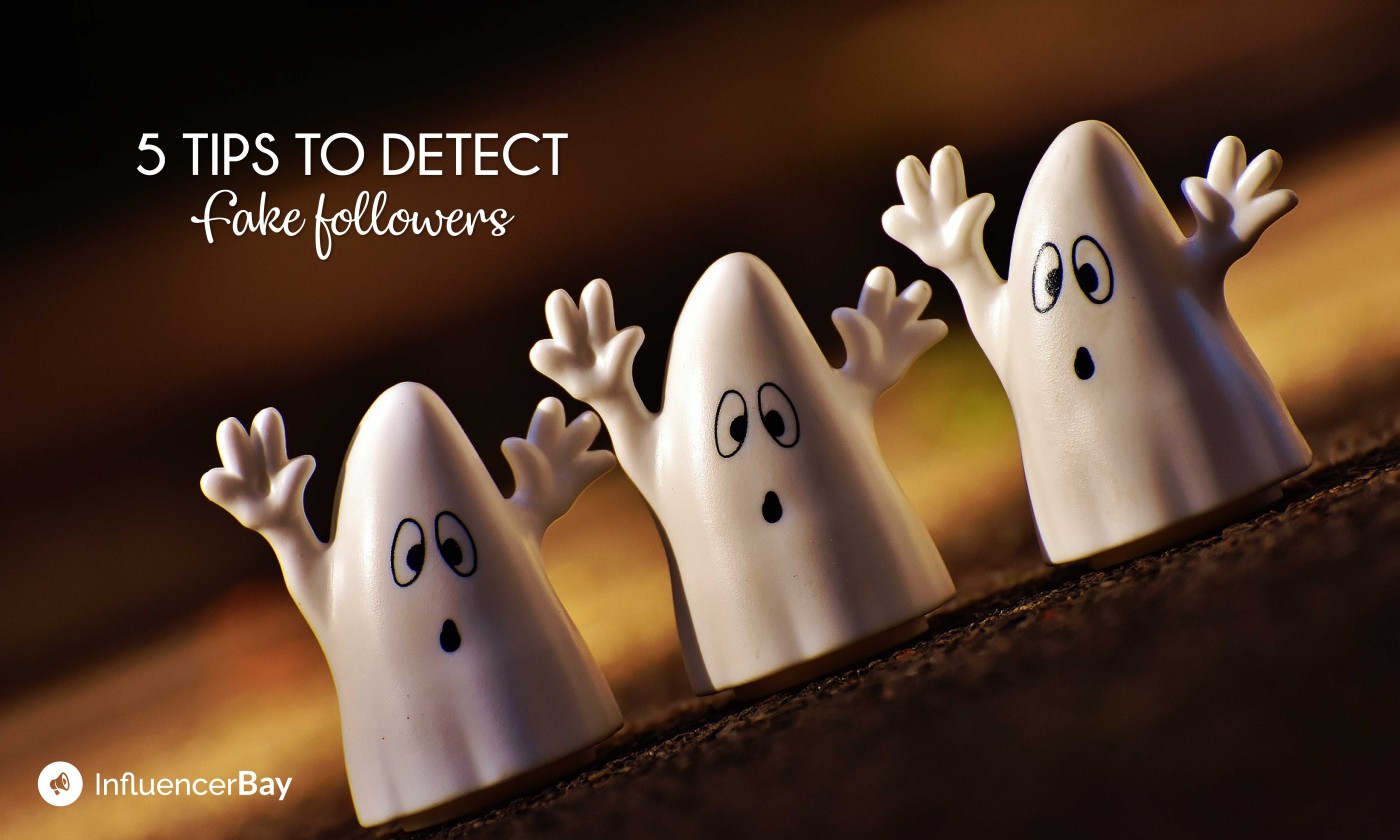Instagram, YouTube, Facebook and Twitter are full of influencers and new ones are popping every day. However, it is extremely easy to buy your way to success by purchasing fake followers, likes and comments. Some websites allow you to buy 1,000 followers for as low as $5 and fake influencers can easily trick brands into believing their audience is real (as shown in this study by MediaKix).
So, how do you know whether someone has fake followers or not? Here are 5 signs that should raise an alarm bell.
1. Strange rise in follower count over time
Use SocialBlade.com (for Instagram, Twitter and YouTube) to see charts showing the follower count history.
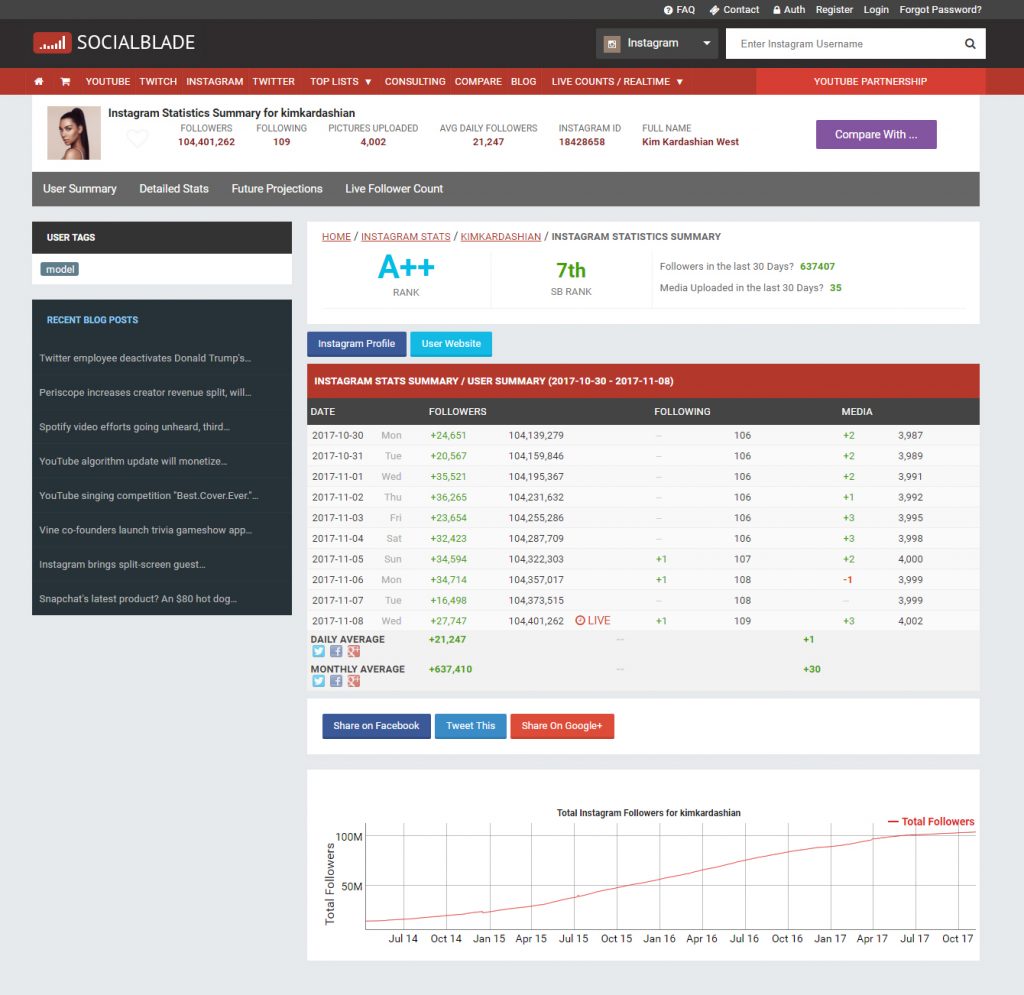
The data is free and we actually added a direct link to SocialBlade in the influencer’s profile on InfluencerBay:
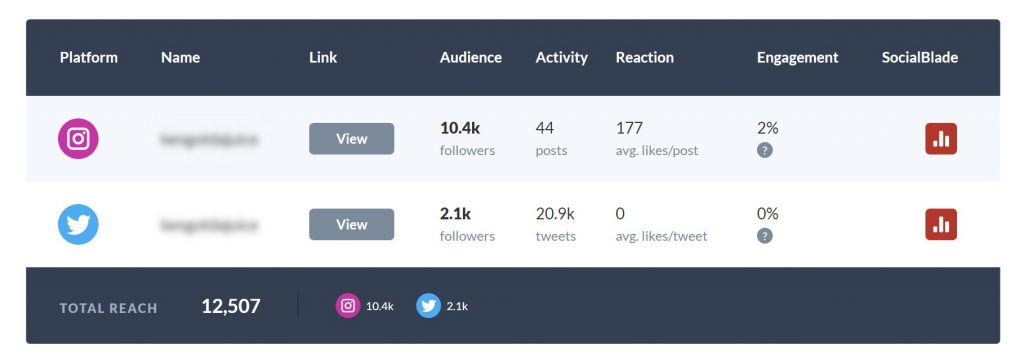 For Facebook, you could use FanPageKarma.com (it’s free but you have to signup).
For Facebook, you could use FanPageKarma.com (it’s free but you have to signup).
Here is what a good followers curve should look like:

There might be spikes but you can usually link them to events like a post buzzing or someone featuring the influencer.
Here is what a bad curve could look like:

Here you see an unexplained sudden rise in the followers count. Also, you can see that the follower count is slowly decreasing afterward. This can be explained by the social network deleting fake accounts. Here is another example that shows this rebound effect on a Facebook page:
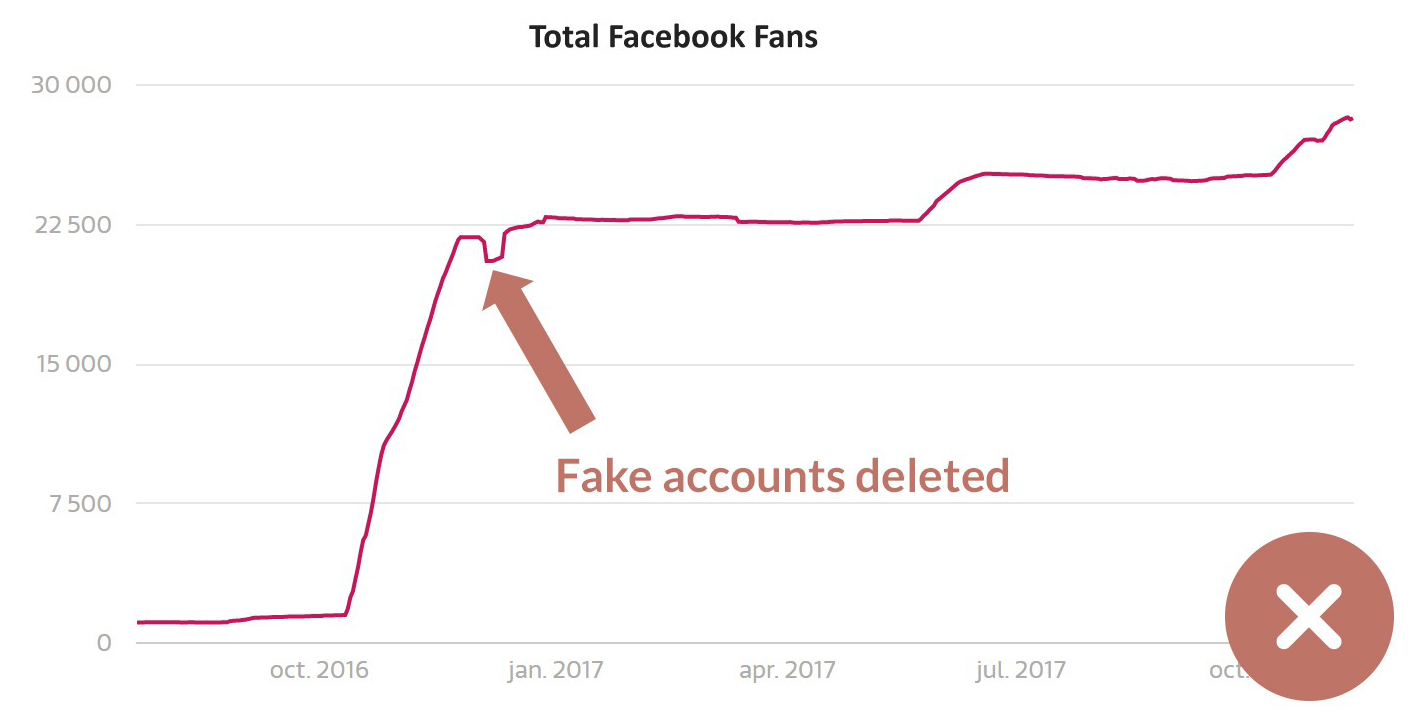
Sometimes, even a smooth curve can describe a fake audience: if someone with 5k followers is gaining 1k followers a day, you have reasons to get suspicious.
If you are looking for a precise audit of an Instagram account, we could recommend SocialAuditPro.com
2. Disabled or generic comments
A good-looking influencer profile has followers, but also engagement in the form of likes and comments. Each part is an additional cost for the fake influencer. Unlike fake followers and fake likes, fake comments are easy to detect: they are all generic. So if the comments are not disabled, here is what you could see:
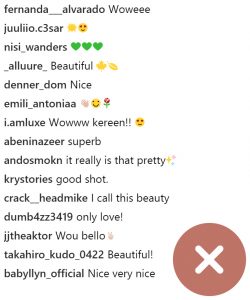
The original picture was featuring a watch. Those are obviously generic comments (“Nice”, “Wow”) and could be written about any picture. Chances are they have been bought and are from bots.
3. Low engagement or engagement from doubtful accounts
One thing you can check is the profiles of those who liked or commented the influencer’s content. Of course, it would be hard to check everybody but pick random accounts and try to evaluate if they seem legit.
Fake accounts can have lots of followers too (to build credibility) but they don’t have lots of content or they can be private to hide this lack of content. Fake accounts become harder to spot every day but here is an example that is pretty easy to recognize:
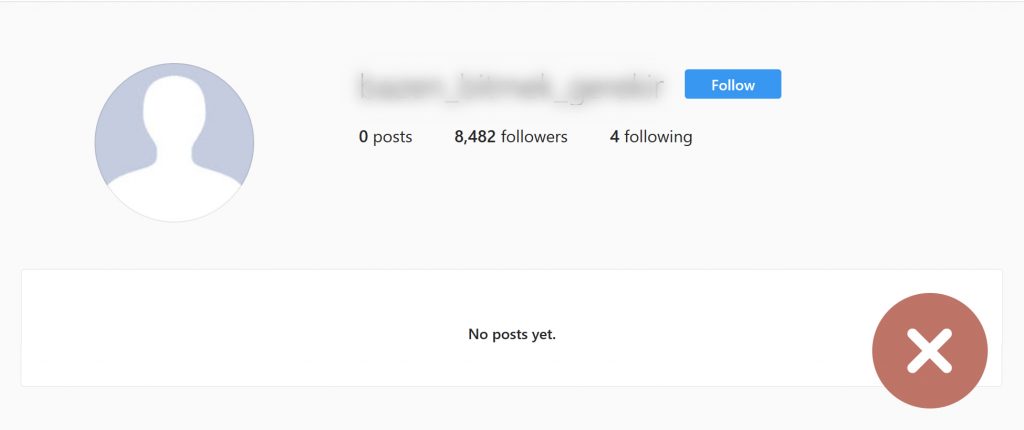
If the influencer didn’t buy likes and comments from bots, he would expose a very low engagement rate (number of likes and comments compared to the number of followers). The engagement rate can range from 5-10% for micro-influencers to 0.5% for superstars. You can learn more about the difference between micro and macro influencers in another article we wrote.
4. Success with poor content
This one is a bit tricky.
Sometimes, you see an account that has a huge number of followers and a very poor content. For instance, the content may be exclusively made of selfies shot from literally the same angle every time (I’ve seen this on an Instagram account with 1m+ followers).
We subscribe to a page because we like the content we see. How do you explain a massive audience brought from poor content? It’s either you don’t get the value of the content (maybe the influencer is a celebrity you don’t know and his selfies are enough to bring people in) or there’s something wrong with the numbers.
5. Following lots of accounts
One of the common practices to grow your number of followers is to engage (follow, like, comment) lots of people and expect some of them to follow you back. This is the base model of tools like Instagress.com (which is closed now). Fortunately, SocialBlade gives you a “following” history chart like the following one:

Following lots of people doesn’t mean that the influencer has fake followers (it may be a good way to start and get people’s attention) and it can be a legit way to get your first followers but it might also indicate that the content’s value was not the only reason why people followed him in the first place.
Conclusion
There’s really no way to be 100% sure whether someone has fake followers, none or a mix of fake and legit ones. If there was, the social networks would fix the problem instantly. So the best thing you can do is to check the influencer’s engagement rates and to use the tips above to make an educated choice!
